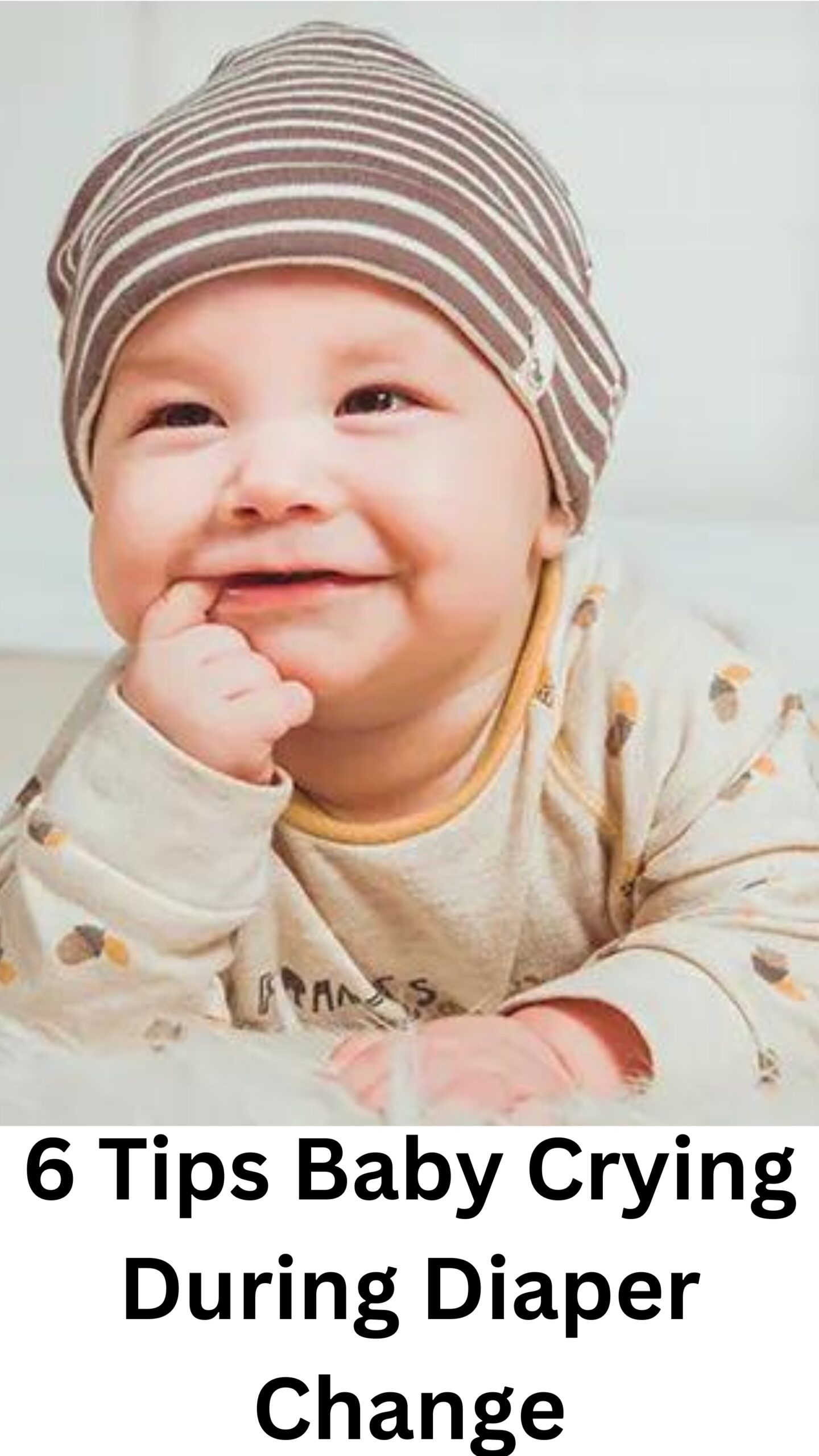Discover expert tips on handling baby cries during diaper changes. Learn how to turn this challenging moment into a smooth and stress-free experience. Read on for valuable insights and real-life solutions.
Welcoming a new baby into your life is a joyous occasion, but every parent knows that diaper changes can sometimes be accompanied by tears and frustration. In this comprehensive guide, we’ll explore practical and compassionate strategies to navigate the challenge of a crying baby during diaper changes. From creating a comforting environment to mastering efficient techniques, let’s dive into the essential tips that every parent should know.
1. Establish a Routine

Routine is crucial for babies. By sticking to a consistent diaper-changing schedule, you create predictability, making the baby feel more secure and reducing the likelihood of crying.
2. Use Soft Lighting

Bright lights can be harsh on a baby’s eyes. Opting for soft, dim lighting helps create a calm atmosphere during diaper changes, making the experience more pleasant.
3. Keep Essentials Within Reach

Having diapers, wipes, and other necessities easily accessible minimizes the time your baby spends uncomfortable on the changing table. This ensures a smoother and quicker diaper change.
Mastering Diaper Changing Techniques
4. Be Swift and Gentle

Efficiency is emphasized here. Quick yet gentle movements during a diaper change help minimize discomfort for the baby. Maintaining eye contact and using soothing words can reassure the baby during the process.
5. Engage with Distractions

This point suggests using distractions to keep the baby’s attention away from the diaper change. Introducing a favorite toy or a visually engaging mobile can turn a potentially fussy moment into an enjoyable one.
6. Optimize Diaper Fit

Ensuring the diaper fits snugly but not too tight is crucial for the baby’s comfort. This not only reduces potential discomfort but also prevents leaks and further irritation.
Final Words
Navigating a crying baby during diaper changes can be challenging, but with patience and these practical tips, you can transform this routine task into a bonding moment. Remember, every baby is unique, so feel free to adapt these strategies to suit your little one’s preferences. Embrace the journey of parenthood, cherishing each moment, even the seemingly ordinary ones.
FAQs
How can I tell if my baby is uncomfortable in their diaper?
Parents are guided on observing signs of discomfort, such as fussiness or pulling at the diaper, to determine if their baby needs a change.
Are certain diaper brands more comfortable for babies?
This addresses the variability in babies’ preferences, suggesting that parents may need to experiment with different diaper brands to find the one that suits their baby best.
Should I change my baby’s diaper before or after feeding?
The timing of diaper changes in relation to feeding is discussed, recommending changing the diaper before feeding to minimize potential discomfort during and after meals.
Can teething cause increased fussiness during diaper changes?
Teething’s impact on sensitivity is acknowledged, and parents are advised to provide teething toys to help distract and comfort their babies.
Is it normal for my baby to cry during every diaper change?
This question reassures parents that occasional fussiness is normal but encourages consulting a pediatrician if consistent crying raises concerns.
How can I ease my baby’s discomfort if they already associate diaper changes with crying?
Parents are provided with strategies to create positive associations with diaper changes, such as singing a lullaby or offering a small treat afterward.
